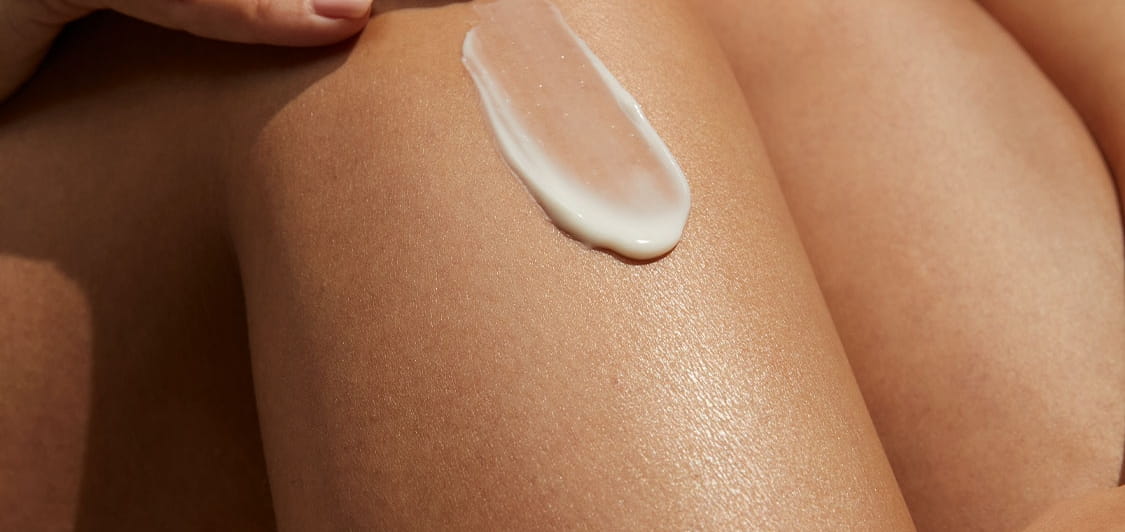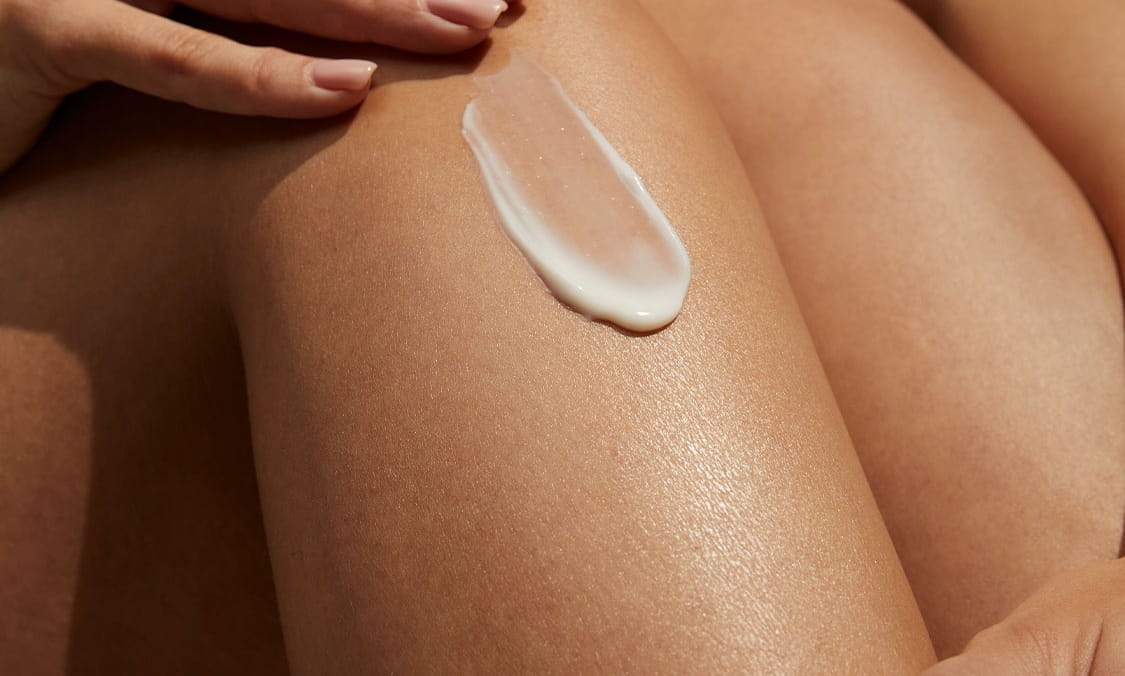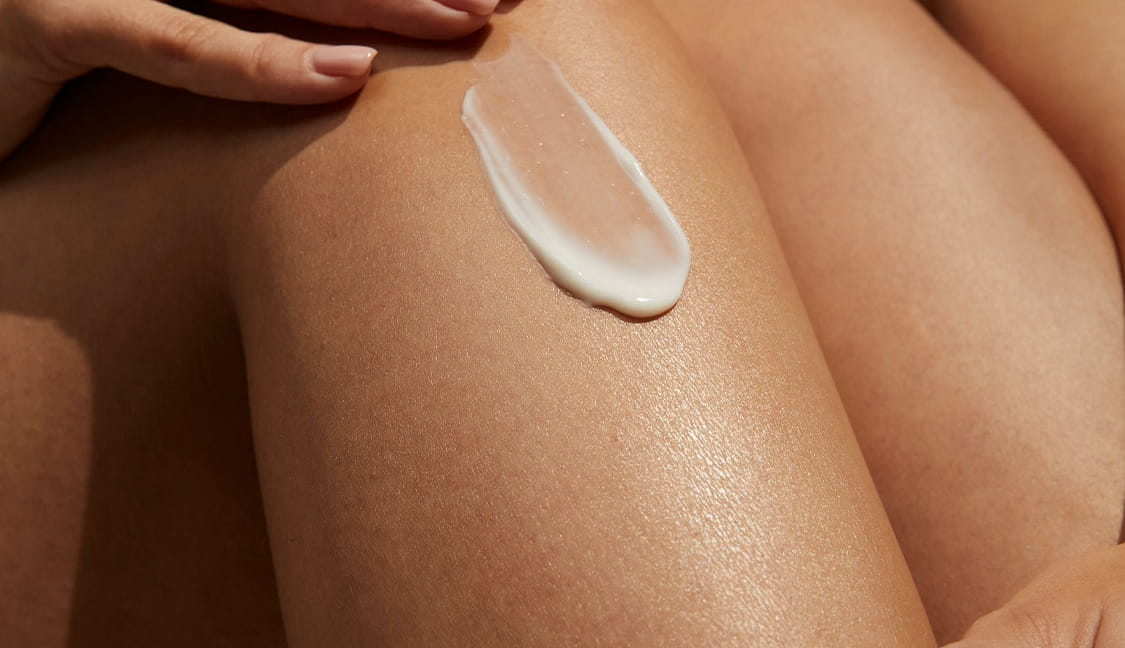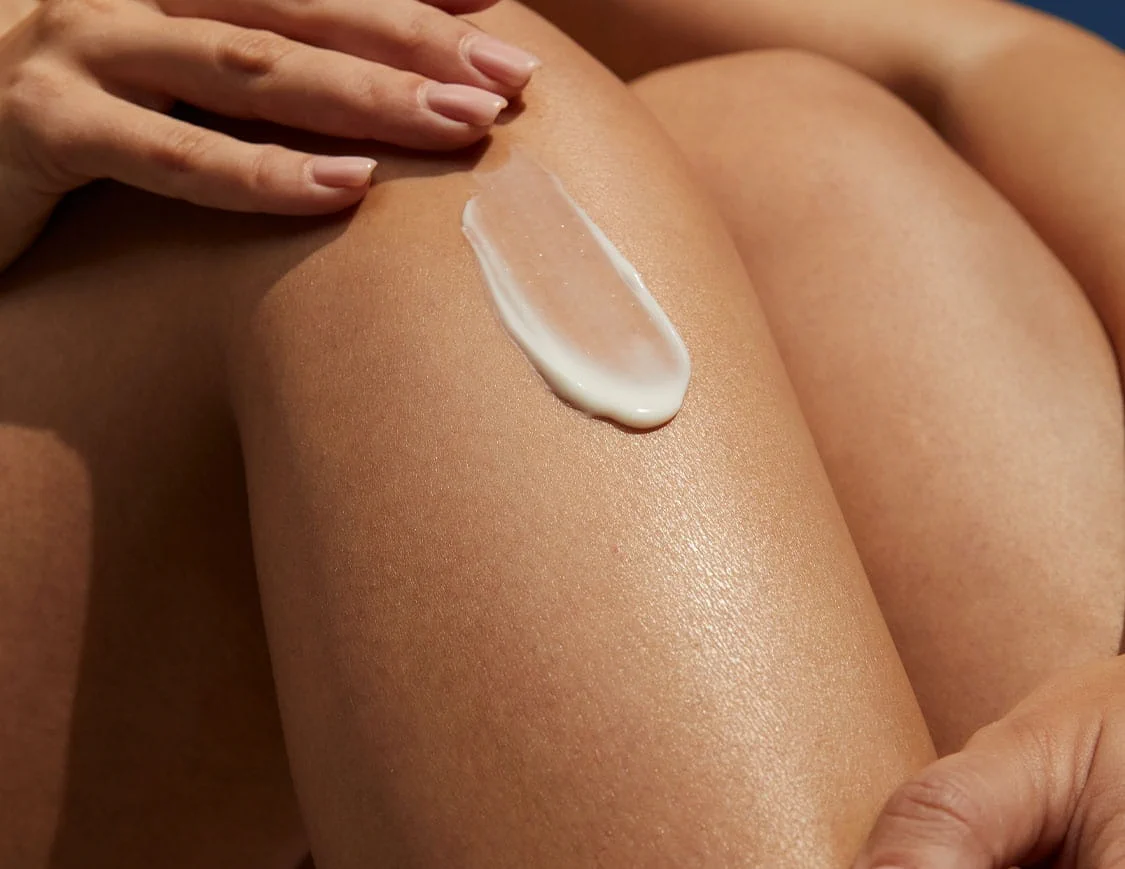
What is combination skin?
Learn about the combination skin type and skin care routines for combination skin with NIVEA.
Learning to love your combination skin
Combination skin can be a bit of a battlefield. It’s a mix of normal and oily skin types. Some can find it difficult to manage, but with the right information and products, you can develop a helpful and caring routine – and we have the info to help!
Take a scroll and discover some wonderful tips and tricks to help you make the most of your skin type, care for it, and learn to love it!
Not sure on your skin type?
Can you ‘fix’ or get rid of combination skin?
Caring for your combination skin
Redesigning your skin care routine for combination skin
Great skin – whatever the weather
Find a routine for you – and love your skin
We started out with a few questions, like “what does combination skin mean?” and “what is the combination skin type all about?”. We hope these hints and tips give you a little more insight into creating a skin care routine for combination skin. If you want to learn more about other skin types and how to get glowing skin, click here.
Always remember, your skin is beautiful! But with a few tweaks to your skin care routine, you can boost your skin’s health, your self-confidence and show everyone how radiant you really are.







